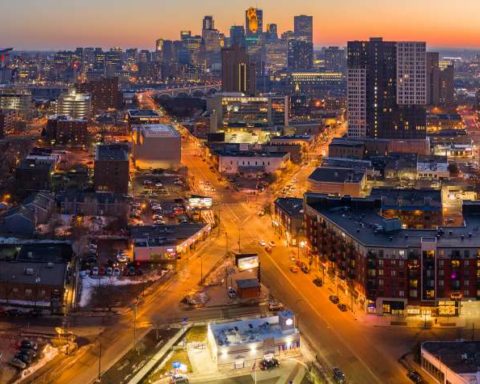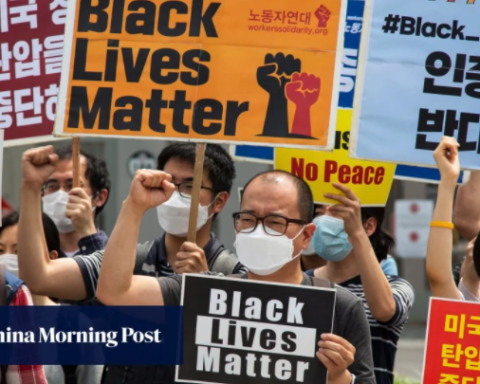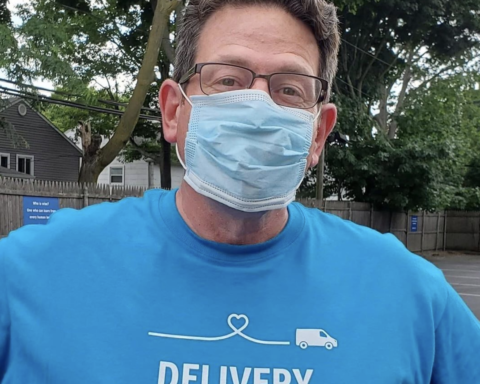New York City—The world has been lit by the sparks of protests everywhere. TVs flash with new headlines and newspapers flood in with new stories. Black Lives Matter has taken over the news.
“It’s an incredible story. I’ve never seen anything like it,” says Tom Zoellner, a journalist, professor at Chapman University and Dartmouth College, and a New York Times bestselling author of four nonfiction books. Though 2,790 miles away, Tom and I are connected, like thread, by one Zoom link. At first glance it may seem as if Journalists have not had a major role in the protests, but if you look carefully, we wouldn’t be where we are today without them. Every foot that marches down those streets and every hand that raises their sign higher in the protests wouldn’t be documented without journalists. As we watch at home on our devices or read our newspapers, there are protests going on all around us. There are people standing on the sidewalk or street and peacefully stating their thoughts and hopes.
“I never dreamed to see the reach of protests in states that have never protested before,” Zoellner says, exaggerating with his hands the mass amount of places. From little kids still on their father’s shoulders, holding cardboard pieces they found and using it to make a powerful sign, to millennials giving out water and food to the protesters, we get to see it all. We get to see the hard parts of movements, when protesters get stopped and arrested, but also the happy parts, when officers take a knee and fight with the protesters. Journalists catch it. Journalists catch and report on hundreds of people crowding arounding the silver statue of the slave owner and we get to watch it on TV; seeing people grab a rope and pull it down. The yellow construction machines glowing against the brightness of the screen and the pictures of the signs slowly get implanted into our minds. Making us more conscious. More aware.
“Journalists write the first draft of history,” states Sam Levine, a journalist for The Guardian and Writopia alum. He is right. The difference between historians and journalists is that journalists write the first draft of our history and historians explain what journalists say. Just like how Thomas Edison kept a diary and Betty Friedan wrote the “Feminine Mystique.” Journalists write what kids in 20 years will read and write about. Journalists are the ones who keep our past fresh and always there like a shadow, never leaving, but in the distance. From BLM affecting our theater, to mayors speaking out, to women’s rights activists in the movement, this newspaper can be one step closer to being our next chapter in history.







